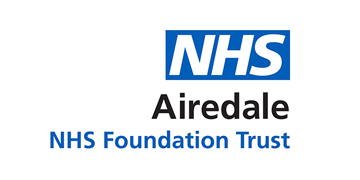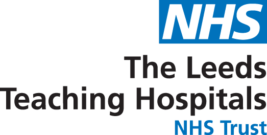SBRI : Phase 1 and 2
SBRI Phase 1 : Background
Occupational Health (OH) is the medical specialty concerned with maintaining employees’ physical and mental well-being so they can remain at work and perform effectively. It includes workplace risk assessments, absence management, health surveillance such as eyesight checks and lung-function tests, physical and psychological rehabilitation, and initiatives to promote healthy behaviours.
A government report using Ipsos MORI data found that 79% of employers think investing in employee health benefits their organisations’ reputation. Despite this, 55% of employers address employee health and wellbeing reactively rather than proactively, and just 41% have formal sickness absence policies.
The SBRI Phase 1 project focused on “increasing access to and capacity in Occupational Health”. This was a competition jointly funded by the Department of Work and Pensions (DWP) and the Department for Health and Social Care (DHSC).
The variation in the UK in access to occupational health services (OHS) displayed that large employers were five times more likely to offer services than small employers.
The aim of this competition was to increase access for micro, small and medium enterprises (SMEs), and the self-employed to occupational health services.
ELAROS recognized that there was a new and substantial portion of the UK workforce with unmet occupational health needs because of Long COVID and understood through research that a free to download solution would help employees of smaller companies reduce reliance on the employer to facilitate this care.
Therefore, this left the desire to create an app which would enable and empower users with Long COVID and long-term conditions. The focus of this app would be positive psychology, helping the user understand their symptoms and functional ability, and help them improve these over time (which is not always possible)
Additionally, ELAROS has also extended the use of this app to focus beyond Long COVID and to other long-term chronic conditions such as ME/CFS and Fibromyalgia.
Funders



SBRI Phase 2 : Background
Phase 1 was all about research whilst Phase 2 was about building a minimum viable product version, the earliest version of our app we co-designed with patient groups, employer representatives, clinical specialists, leading academics in various fields, and charities in each of our areas of interest.
We established a Patient and Public Involvement and Engagement group consisting of three ‘Tiers’ of involvement:
Tier 1: our expert advisory board made up of:
- Professor Manoj Sivan
- Professor Helen Dawes
- Jeremy Gee
- Dr Nikki Cordell
- Dr Ruairidh Milne
Tier 2: Our user co-design board made up of:
- Professor Sarah Tyson
- FMA
- Jackie Baxter
- Michael Natt
Tier 3: Our online Facebook group and mailing list with over 200 members with lived experience of Long Covid, ME/CFS, Fibromyalgia and/or a combination of other conditions, some which overlap with our three areas.
Members from each tier had varying levels of involvement throughout our design, development, and iteration phases. Renumeration was offered according to the NIHR’s best practice guidelines for PPIE renumeration based on each member’s participation and keeping within the limited budget we were given for the project.
Many of our Tier 3 community were offered early access to the app before being launched to the public to contribute ideas to shape its development and free lifetime access to future premium versions of the app when they arise.
Outcomes from Phase 1 & 2
MVP available in closed beta.
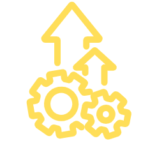
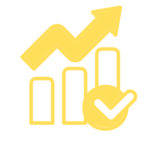
Refined specifications for future improvements awaiting development.
A fantastic PPIE group of enthusiastic members helping to steer the app’s future.
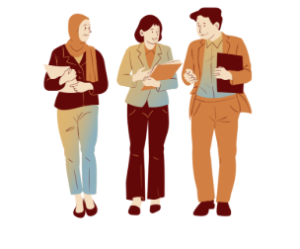
Partners
Throughout the Phase 1 and Phase 2 project ELAROS has collaborated with many prominent partners including the NHS and other NHS-affiliated organisations .
Some of our partners are :
- Cordell Health
- Leeds university
- Leeds community healthcare rust
- Leeds teaching hospitals trust
- Airedale NHS trust

